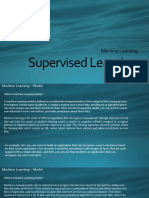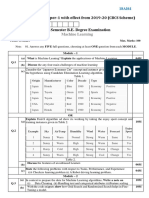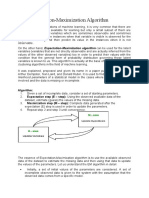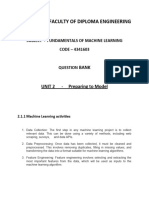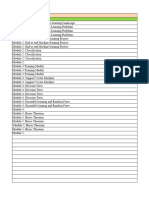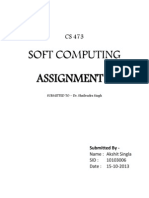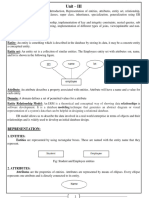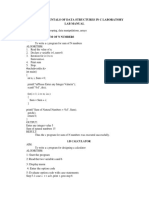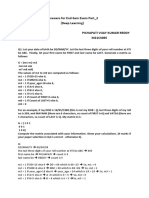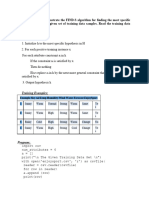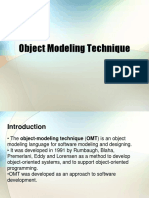0% found this document useful (0 votes)
34 views3 pagesLab5 Cache System
The document outlines a lab activity for CSI 251/CSI 263 focused on cache simulation, including participation activity 5.1.4 related to cache terminology and memory hierarchy. It explains the concepts of hit rate, miss rate, hit time, and miss penalty, as well as direct cache mapping and the mechanics of cache simulation. Key points include how memory references are mapped to cache blocks and the conditions for cache hits and misses.
Uploaded by
mrtbsekatiCopyright
© © All Rights Reserved
We take content rights seriously. If you suspect this is your content, claim it here.
Available Formats
Download as PDF, TXT or read online on Scribd
0% found this document useful (0 votes)
34 views3 pagesLab5 Cache System
The document outlines a lab activity for CSI 251/CSI 263 focused on cache simulation, including participation activity 5.1.4 related to cache terminology and memory hierarchy. It explains the concepts of hit rate, miss rate, hit time, and miss penalty, as well as direct cache mapping and the mechanics of cache simulation. Key points include how memory references are mapped to cache blocks and the conditions for cache hits and misses.
Uploaded by
mrtbsekatiCopyright
© © All Rights Reserved
We take content rights seriously. If you suspect this is your content, claim it here.
Available Formats
Download as PDF, TXT or read online on Scribd
/ 3
